- Joined
- Nov 26, 2005
- Messages
- 5,240
- Reaction score
- 11,006
Hi Loja,
To my eyes, knock back the pointed corners a little so they are not so high, and thin the forward extension just a little. The advantage you have is that they did not pre-inlet your side plate, which means you can make whatever you want. Here are some examples from my work to give you some ideas. They are all based on original designs.
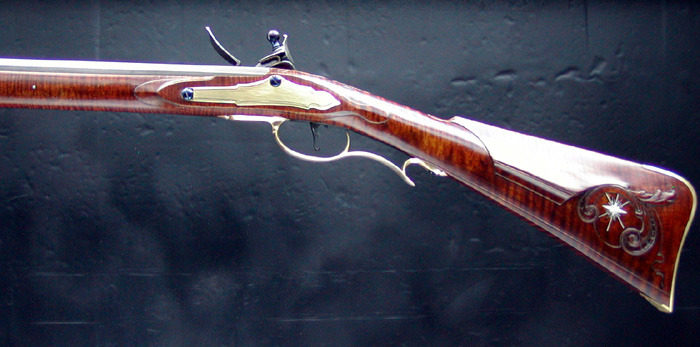
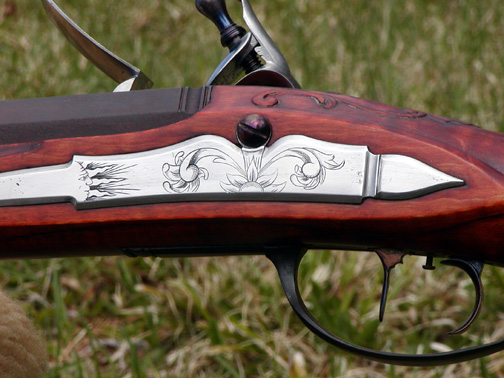
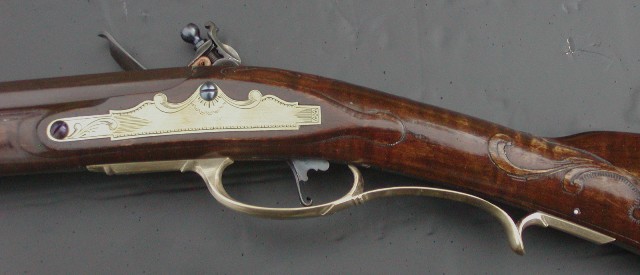
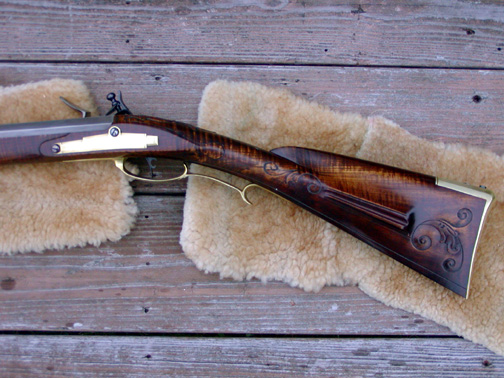
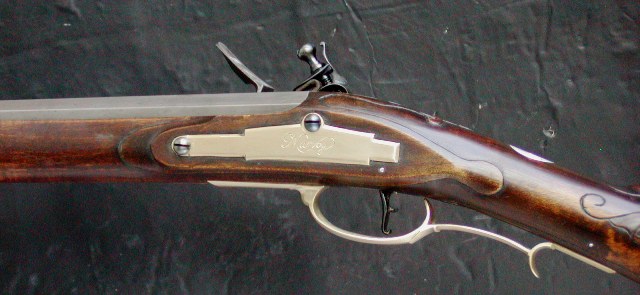

Side plates should be inlet into the wood not resting on the surface and I would suggest replacing the lock bolts with ones with larger domed heads to look more authentic. It is not hard to do. Track of the Wolf (www.trackofthewolf.com) sells many sizes of bolts. Another thing to think about is the lock panel and side plate panel do not need to be exactly the same. Nobody can see both sides at the same time so you can design your side plate and then shape the panel to best frame that design rather than try to make it the exact same size and shape as the lock panel. It is good to have the length the same, so when you look from the top, they both start and end symmetrically but beyond that, they can be individually shaped.
dave
To my eyes, knock back the pointed corners a little so they are not so high, and thin the forward extension just a little. The advantage you have is that they did not pre-inlet your side plate, which means you can make whatever you want. Here are some examples from my work to give you some ideas. They are all based on original designs.






Side plates should be inlet into the wood not resting on the surface and I would suggest replacing the lock bolts with ones with larger domed heads to look more authentic. It is not hard to do. Track of the Wolf (www.trackofthewolf.com) sells many sizes of bolts. Another thing to think about is the lock panel and side plate panel do not need to be exactly the same. Nobody can see both sides at the same time so you can design your side plate and then shape the panel to best frame that design rather than try to make it the exact same size and shape as the lock panel. It is good to have the length the same, so when you look from the top, they both start and end symmetrically but beyond that, they can be individually shaped.
dave


















